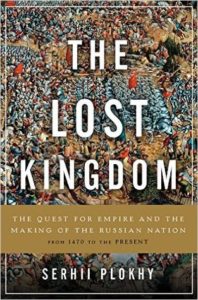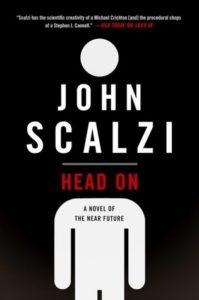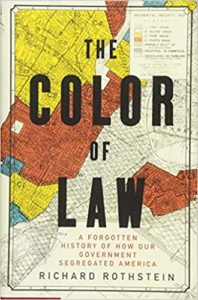I finished this book in two compulsive sittings, and if I’m being perfectly honest, I think I would have liked it better if I hadn’t had to break concentration a little past the halfway mark to go do life stuff. Because The Weight Of Our Sky is the kind of book that grabs you by the throat and suffocates you in its anxiety-laden embrace, just as effectively as the djinn that plagues our heroine, Melati Ahmad (tho in the reader’s case, this is hopefully a voluntary experience.) Breaking that spell then coming back to it makes for a weird readjustment period, tho I can absolutely understand some readers needing that break. I’m a fairly neurotypical person and even so, the immersive depiction of OCD is extremely harrowing. This is a book that 100% deserves the trigger warning that Hanna Alkaf begins it with: if you’re in a bad place wrt mental health a/o racism, TWoOS is more likely to exacerbate your symptoms than alleviate.
And that’s because it’s a shockingly honest, surprisingly liberal look at a real life event in Malaysian history. Melati is a 16 year-old Malay Muslim girl living in 1969 Kuala Lumpur. She loves Paul McCartney and music in general, and adores her single mom, who works as a nurse at Kuala Lumpur General Hospital. Melati is also hiding a secret from the world: she has an obsessive compulsive disorder that convinces her that her counting and tapping and rituals are the only thing saving her mother from a grisly death. Being the 1960s, treatment of OCD is iffy at best, and mental health awareness degradingly poor, so Melati learns to hide her symptoms even as she does regular battle with the djinn that she believes must be possessing her. Things are manageable… until the race riots break out and Melati is caught in a situation that would be overwhelmingly stressful even for people without mental health challenges.
Ms Alkaf presents a view of the horrors of the time with an eye at once unflinching and compassionate. She has clearly done her research, and I honestly feel bad for her having to state as such in her foreword. I suspect that that came about from needing to preemptively defend herself from critics at home — I want to believe that the general trend of Malaysian thought is towards inclusion and acceptance rather than tribalism and control, but I no longer live there for a reason.
My only quibble with the novel itself is that the climactic scene outside the van where Edgar lay felt more rushed than it should have been, and that was less a product of the narrative than of Melati’s interior process. We’d been so privy to her thoughts up till then that for her to suddenly discard thinking was a somewhat jarring experience. And it’s probably too much to ask for suggestions for a way forward at the end of the novel — the content otherwise is quite clear that all citizens should respect each other as equal contributors to progress and stability — but it did feel as if Ms Alkaf was content only to apply her critical eye to the past instead of the present, one sardonic sentence in the foreword notwithstanding.
Anyway, this is certainly one of the most important novels ever to come out of Malaysia and Ms Alkaf is a tremendous talent. I can’t wait to read more of her stuff.





